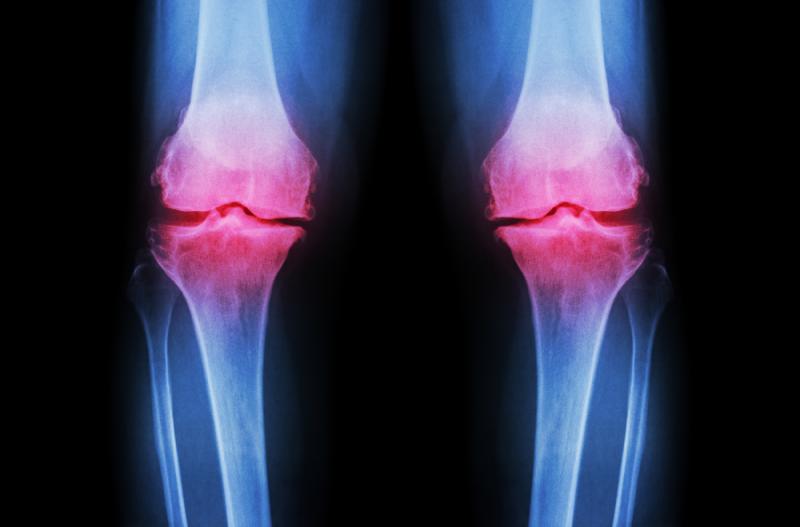 Bad knees? Age or extra weight may not be to blame.
Bad knees? Age or extra weight may not be to blame.
Harvard researchers analyzed more than 2,000 skeletons from cadaveric and archaeological collections across the United States and found that not only has the prevalence of knee osteoarthritis increased in recent decades, but the reason why might not be what you would think.
Osteoarthritis, which affects one-third of Americans over the age of 60, is not necessarily a consequence of old age, say the researchers whose findings were published in the Proceedings of the National Academy of Sciences.
“Before this study, it was assumed without having been tested that the prevalence of knee osteoarthritis has changed over time,” said first author Ian Wallace, a postdoctoral fellow in the lab of Daniel Lieberman, the Edwin M. Lerner II Professor of Biological Sciences and senior author of the study.
“We were able to show, for the first time, that this pervasive cause of pain is actually twice as common today than even in the recent past. But the even bigger surprise is that it’s not just because people are living longer or getting fatter, but for other reasons likely related to our modern environments.”
Wallace and Lieberman initially set out to determine how old the disease actually is and whether it is really on the rise. To do so, they examined skeletons spanning a period of more than 6,000 years for signs of osteoarthritis. They were specifically looking for eburnation, a polished sheen on joint bones which is the result of friction that occurs in osteoarthritis when two bones rub together due to cartilage erosion.
They then combined their data with analyses from more recent studies, dividing the results into three time periods: prehistoric, early industrial and the modern post-industrial era.
Their results showed 18 percent of bones from the post-industrial period showed signs of the debilitating disease compared to six and eight percent of the early industrial and prehistoric bones, respectively.
“The most important comparison is between the early industrial and modern samples,” said Lieberman. “Because we had data on each individual’s age, sex, body weight, ethnicity, and in many cases, their occupation and cause of death, we were able to correct for a number of factors that we considered important covariates. So using careful statistical methods, we are able to say that if you were born after World War II you have approximately twice the likelihood of getting knee osteoarthritis at a given age or BMI than if you were born earlier.”
While their evolutionary perspective has shown that increases in longevity and BMI are insufficient to explain the approximate doubling of knee osteoarthritis prevalence that has occurred in the United States since the mid-20th century, it wasn’t able to determine the cause for the increase.
So what is to blame for the increased prevalence of the disease? There are several theories, including inflammation, injury, and even physical inactivity, but more research is needed.
Currently, the only treatment for the condition is a complete knee replacement. By further understanding the causes, researchers say we may be able to prevent the disease in the first place.
Source: dddmag







